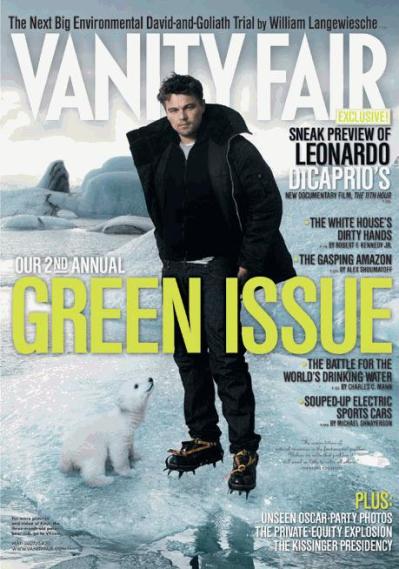This speech by Anglo American Chairman Sir Mark Moody-Stuart is an excellent example of the mining sector’s corporate social responsibility initiatives throughout Africa – Stan Sudol
Anglo American is one of the world’s largest mining companies focusing on platinum group metals, diamonds, copper, nickel, iron ore, metallurgical and thermal coal. For more info about their corporate social responsibility initiatives, go to: http://www.angloamerican.co.uk/aal/siteware/docs/sd-report-2009.pdf
Anglo American Chairman Sir Mark Moody-Stuart
Mining companies don’t normally get much publicity and when we do, it tends not to be particularly positive. Nor are our products well-known
brands – for good reason. We don’t sell at JC Penney or Wal-Mart. Unlike our colleagues in the oil and gas sector, we don’t sell at the gas station. We produce commodities that are vital for modern society in a whole host of ways. But I confess I’ve never heard a dinner-table conversation revolve around whether someone’s home electrics are built with Anglo American copper, or their car’s catalytic converter with Anglo American platinum.
Both are possible: indeed the latter is quite likely, since Anglo American is the world’s leading primary producer of platinum, and platinum is a key element in cleaning exhaust emissions. Our other core businesses include base metals – copper, nickel, zinc; iron ore; coal; and diamonds – we are the largest shareholder in De Beers.
We are present in about 45 countries around the world, and employ some 190,000 people. Speaking here in New York, I guess I owe you a word of explanation about our name. We do not have major operations in America. But the United States did play a vital part in our history, alongside the United Kingdom, as these two countries were the source of the original capital that was raised by our founder Sir Ernest Oppenheimer to establish the company, over 90 years ago now, in 1917 in South Africa.
Despite being one of the largest mining companies in the world, with operations in so many countries, the reality of our business is that we sell
into bulk commodity markets. Commodity markets care a great deal about quality of the product; but quality aside, they don’t really care who
produces the metals. The result? We are not known as a brand by the general public.
Read more























 A version of this column was originally published in the June 2007 edition of
A version of this column was originally published in the June 2007 edition of 
